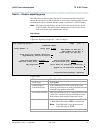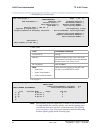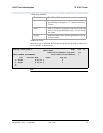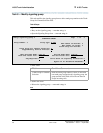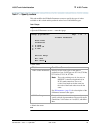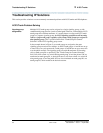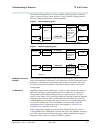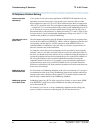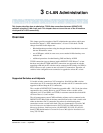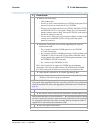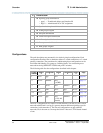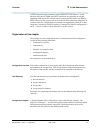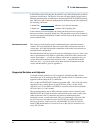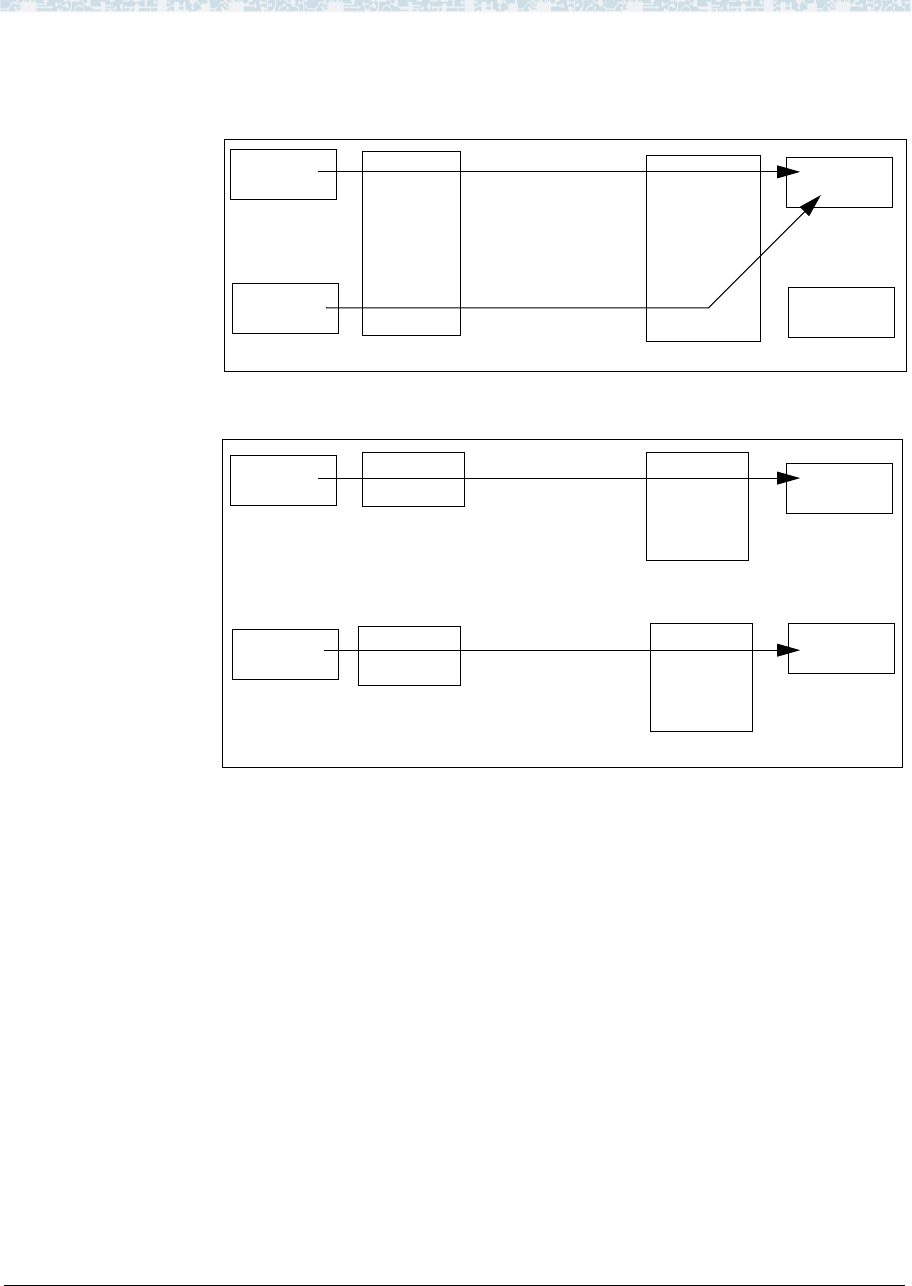
Troubleshooting IP Solutions
51
Administration for Network Connectivity
555-233-504 — Issue 1 — April 2000 CID: 77730
2 H.323 Trunks
The solution to this problem is to set up a separate signaling group for each trunk
group, as shown in Figure 3. More generally, set up a separate signaling group for
each set of trunk groups that have common attributes.
Figure 2. Shared signaling group
Figure 3. Separate signaling group
No MedPro resources
available
If two switches are connected via an H.323 trunk and all MedPro resources are in use
on the call-destination switch when a call is made, the call will fail even when a 2nd
preference is administered in the routing pattern on the source switch. This can be
avoided by setting the first preference look ahead routing (LAR) to “next” in the
routing pattern.
C-LAN sharing Depending on the network configuration, a single C-LAN board has the capacity to
handle the signaling for multiple applications. For example, the call center Call
Management System (CMS) would typically use a small portion of a C-LAN’s
capacity so the same C-LAN could easily handle the signaling for other IP endpoints
at the same time. There are many variables that affect the number of C-LAN and
TN802B (MedPro) circuit packs that you will need for your network configuration.
To accurately estimate the C-LAN and MedPro resources needed, a network
configuration tool is available from Lucent. See Appendix D, Capacities and
Performance for a summary of this tool.
Traffic congestion is potentially a problem when multiple IP Interfaces (such as
C-LAN, MedPro, PCs, CMS) share a network and some of the endpoints are heavily
used. This problem can be minimized by using a switched network and assigning
endpoints (such as CMS) to a separate LAN/WAN segment.
TGA1
TGA2
TGB2
TGB1
Switch A
Switch B
SGA1
SGB1
Trunk Group
for Channel
Selection =
TGB1
Private NW
Public NW
TGA1
TGA2
TGB2
TGB1
Switch A
Switch B
SGA1
SGA2
SGB1
Trunk Group
for Channel
Selection =
TGB1
SGB2
Trunk Group
for Channel
Selection =
TGB2
Private NW
Public NW



